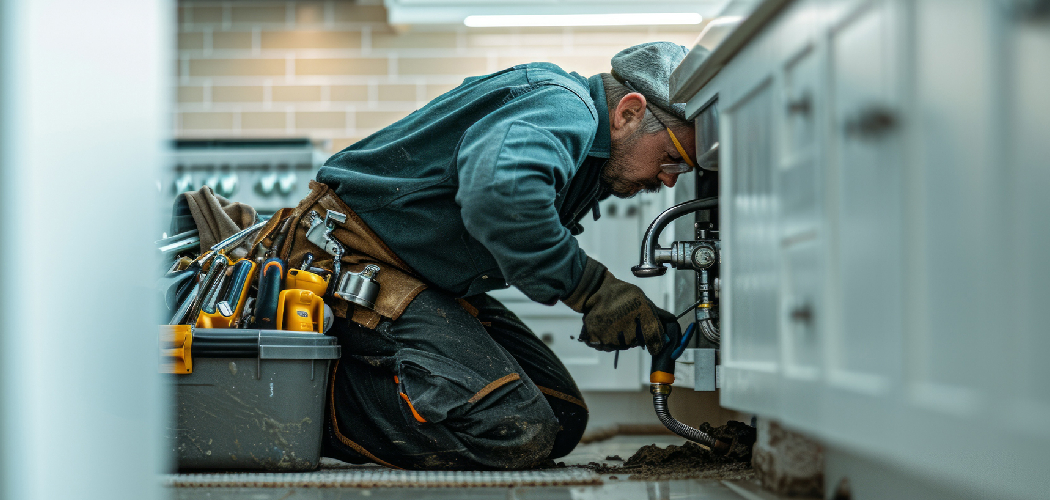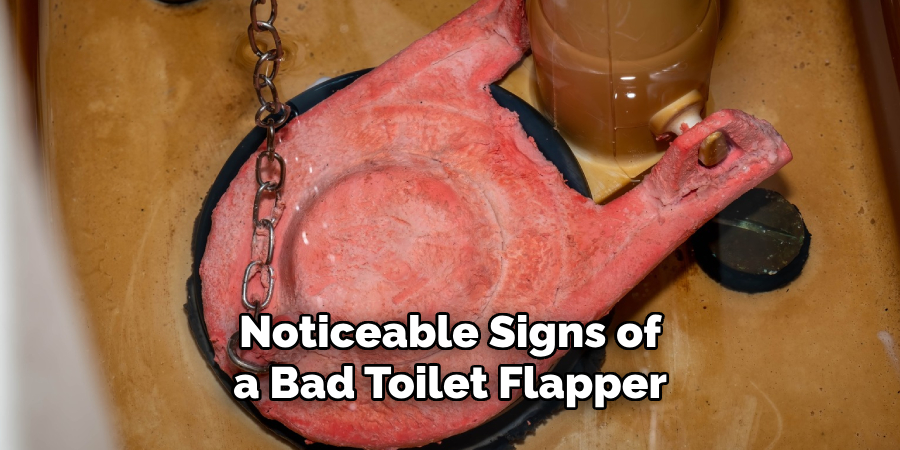A toilet flapper is a crucial component of your toilet’s flushing mechanism. Over time, it can wear out, leading to issues like
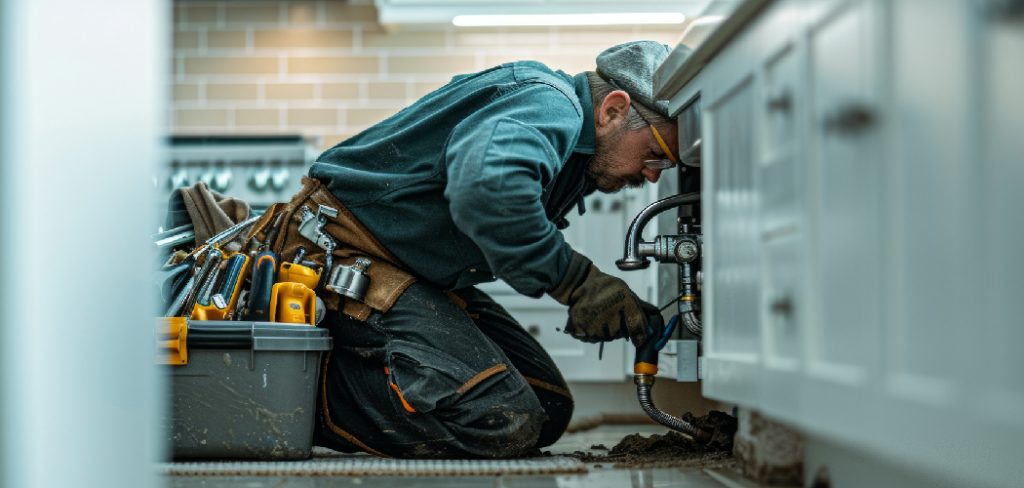
constant running water, weak flushes, or even leaks. Replacing a faulty flapper is usually a simple and affordable fix, but identifying the signs of wear and knowing when to replace it is key. This guide will help you with how to tell if toilet flapper needs to be replaced efficiently.
What Is a Toilet Flapper and Its Role in the Flushing Mechanism
The toilet flapper is a rubber or plastic component located at the base of your toilet’s tank. Its primary role is to control the release of water from the tank into the toilet bowl during a flush.
When you press the flush handle, the flapper lifts, allowing water to flow quickly into the bowl and create the flushing action. Once the tank empties, the flapper closes, sealing the opening to allow the tank to refill. This simple yet essential part ensures your toilet functions efficiently and prevents water wastage.
Common Signs of a Bad Toilet Flapper
Over time, toilet flappers can degrade due to wear, mineral buildup, or exposure to chemicals found in cleaning products. Recognizing the signs of a bad toilet flapper can save water and prevent potential damage. Here are some common indicators:
Constant Running Water
If you hear your toilet running continuously even when it hasn’t been flushed, it’s often a sign that the flapper is not sealing properly. This can result in water constantly leaking from the tank into the bowl.
Weak or Partial Flushes
A damaged flapper may not lift fully or stay open long enough, resulting in weak flushes that leave waste behind in the bowl.
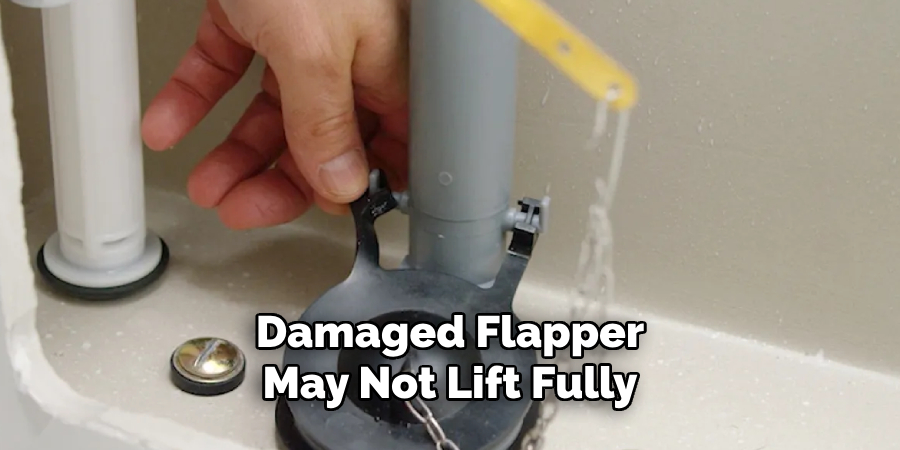
Water Leaks into the Bowl
An old or warped flapper can allow water to drip slowly into the bowl, which is often noticeable by ripples in the bowl’s water surface even when the toilet is idle.
Flapper Appears Worn or Warped
Upon inspection, if you notice your flapper is misshapen, cracked, or feels brittle, it’s likely time for a replacement.
Higher Water Bills
A bad flapper can lead to significant water wastage, often reflected in unexpectedly high water utility bills. If your bills have increased without apparent cause, the toilet flapper may be the culprit.
Identifying these signs early can help you address the issue before it leads to more substantial problems or unnecessary water usage.
10 Methods How to Tell if Toilet Flapper Needs to Be Replaced
1. Listen for a Continuously Running Toilet
One of the most noticeable signs of a bad toilet flapper is the sound of running water long after flushing. The flapper is designed to create a watertight seal over the flush valve, allowing the tank to fill and remain full until the next flush. If the
flapper is worn, warped, or not sealing properly, water will continuously leak from the tank into the bowl, preventing the tank from filling properly. If you hear water running constantly, even when the toilet hasn’t been used for a while, the flapper is likely the culprit and needs to be replaced.
2. Perform a Dye Test to Detect Leaks
A simple and effective way to test for a leaking flapper is to use food coloring or a toilet dye tablet. Add a few drops of food coloring into the toilet tank and wait for about 15 to 30 minutes without flushing. If the colored water seeps into the toilet bowl, it indicates that the flapper is not sealing properly, allowing water to leak from the tank. A properly functioning flapper should maintain a perfect seal, preventing any water from passing through until the toilet is flushed.
3. Observe the Flapper’s Movement During a Flush
When you flush the toilet, watch the flapper as it lifts and then settles back into place. A healthy flapper should lift fully when the flush handle is pressed and return smoothly to create a tight seal over the flush valve. If the flapper closes too quickly, doesn’t lift all the way, or appears misaligned, it may be worn out, damaged, or deteriorating. If you notice any irregular movement, it’s a strong sign that the flapper needs to be replaced.
4. Inspect the Flapper for Visible Wear and Tear
Over time, toilet flappers can become cracked, warped, or brittle due to exposure to water, cleaning chemicals, and general wear. To inspect your flapper, turn off the water supply to the toilet, flush to drain the tank, and then remove the
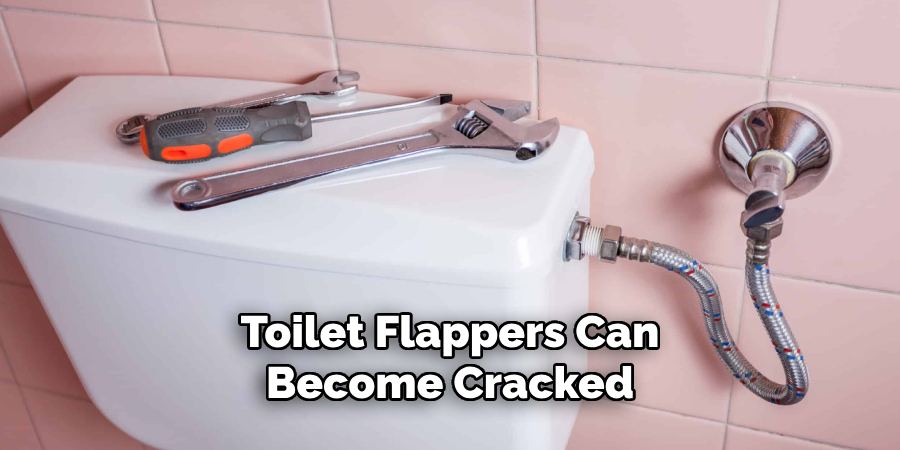
flapper for closer examination. Look for signs of deterioration such as cracks, frayed edges, or discoloration. If the flapper feels stiff, rough, or is visibly damaged, it is no longer sealing properly and should be replaced.
5. Check for Mineral Deposits or Buildup Around the Flapper
Hard water can cause mineral deposits and limescale to accumulate on the toilet flapper and flush valve, preventing a proper seal. These deposits can create small gaps, allowing water to continuously leak into the toilet bowl. If you notice white, chalky buildup on the flapper or flush valve, try cleaning it with vinegar or a mild descaling solution. If the problem persists after cleaning, the flapper may have deteriorated beyond repair and should be replaced.
6. Feel for Soft or Sticky Texture on the Flapper
A deteriorating toilet flapper often becomes soft, sticky, or gummy due to prolonged exposure to chemicals and water additives, such as chlorine tablets or bleach-based cleaners.
If you touch the flapper and it feels excessively soft, sticky, or easily bends out of shape, it has likely degraded and is no longer forming a proper seal. A flapper in this condition should be replaced as soon as possible to prevent ongoing water waste.
7. Look for Water Draining from the Tank When the Toilet is Not in Use
If your toilet tank slowly drains water even when it hasn’t been flushed, the flapper is not sealing correctly. To test this, turn
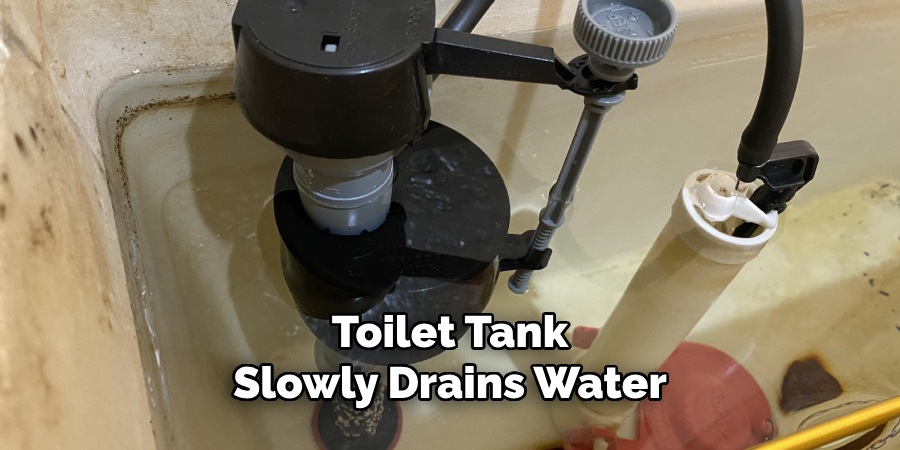
off the water supply to the toilet and mark the water level in the tank. Wait for about 30 minutes and check the level again. If the water level has dropped significantly, the flapper is allowing water to leak through the flush valve, confirming that it needs to be replaced.
8. Check if You Have to Jiggle the Handle to Stop Running Water
If you frequently need to jiggle the toilet handle to stop the water from running, it may indicate that the flapper is not settling back into place correctly. This could be due to a worn-out flapper, a stretched-out chain, or an alignment issue with the flush valve. While adjusting the chain length or repositioning the flapper may temporarily fix the issue, replacing an old or damaged flapper is the best long-term solution.
9. Consider the Age of the Flapper
Toilet flappers typically last between three to five years, depending on water quality, usage frequency, and exposure to chemicals. If your flapper is several years old and your toilet has started showing signs of leaks or running water, it’s a good idea to replace it preemptively. Even if the flapper appears intact, its sealing capability may have weakened over time, leading to inefficiencies in water usage.
10. Measure Your Water Bill for Unexplained Increases
A faulty toilet flapper can waste a significant amount of water, often leading to unexpectedly high water bills. If your water usage has increased despite no changes in household habits, a slow but continuous leak from the toilet tank could be responsible. Checking for leaks using the dye test or observing water levels in the tank can confirm whether a worn-out flapper is causing the problem. Replacing a faulty flapper is a cost-effective way to prevent further water waste and reduce utility costs.
Safety Considerations
When working on your toilet, it’s important to take a few basic safety precautions to avoid accidents or damage. Start by turning off the water supply to the toilet before performing any inspections or repairs. This prevents any unintended water flow, which can create a mess or complicate the task.
Additionally, wear gloves to protect your hands from bacteria, dirt, or exposure to cleaning chemicals. If you need to use cleaning solutions to tackle mineral deposits or buildup, ensure the area is well-ventilated and follow the manufacturer’s instructions carefully to avoid inhaling fumes or skin irritation. Lastly, use only tools and materials designed for plumbing repairs to avoid damaging the toilet components or creating leaks. Taking these simple steps will help you safely and effectively complete your toilet maintenance.
Conclusion
A failing toilet flapper can cause a variety of issues, from constant running water and weak flushes to increased water bills and unnecessary waste. By using these ten methods, you can accurately determine whether your toilet flapper needs to be replaced. Regular maintenance, including checking for leaks and cleaning mineral buildup, can extend the flapper’s lifespan and prevent unexpected plumbing issues. Thanks for reading, and we hope this has given you some inspiration on how to tell if toilet flapper needs to be replaced!

